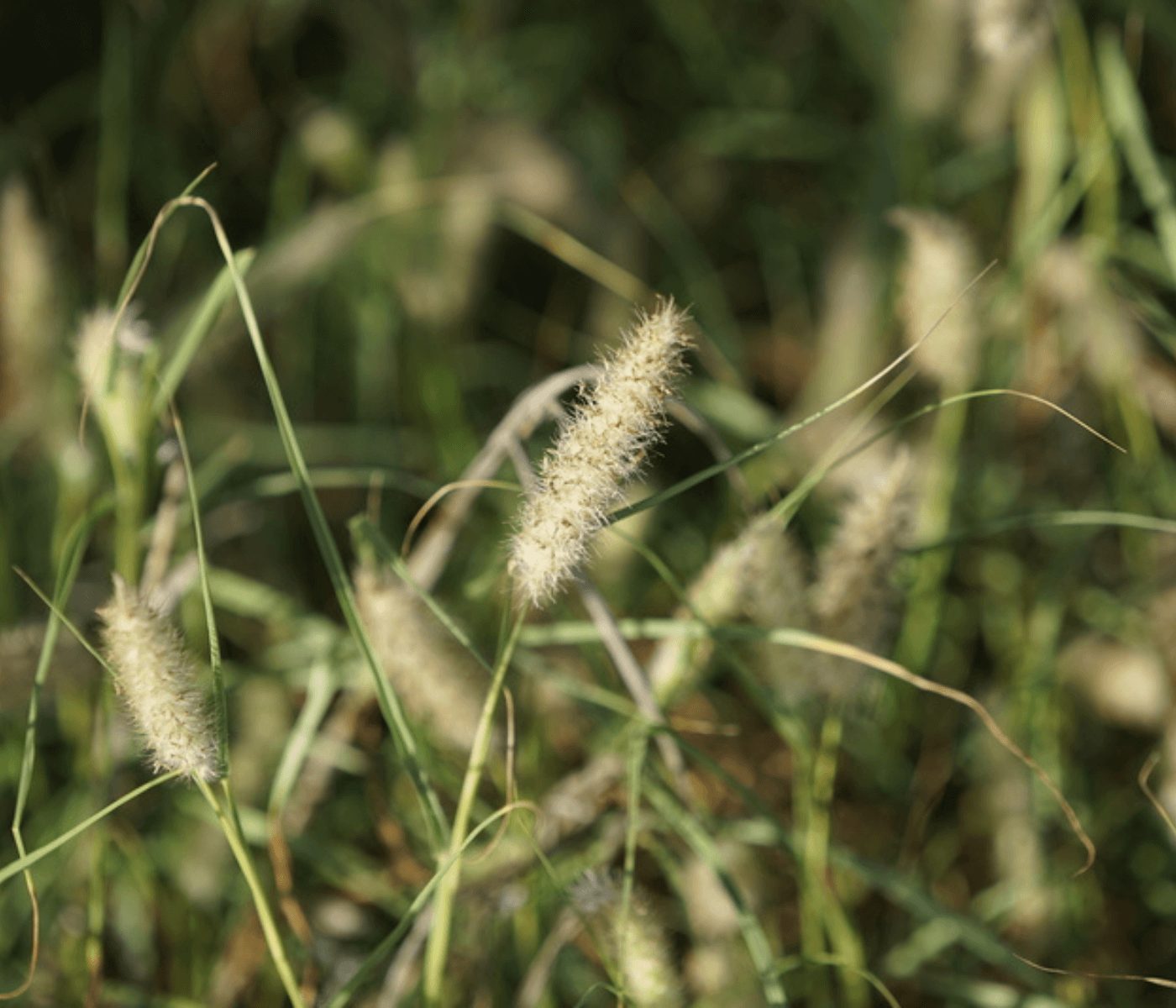 19 May 2025
19 May 2025
Buffel grass (Pennisetum ciliare) is emerging as a key alternative to optimize livestock production in arid zones. Its remarkable ability to improve forage availability, restore degraded lands, and reduce pressure on native grasslands positions it as a valuable ally in the pursuit of sustainable agriculture. In Argentina’s Los Llanos region of La Rioja, researchers from INTA (National Agricultural Technology Institute) have spent years evaluating the performance of this tropical grass species, and the results are promising.
According to Karina Leal, a researcher in the Animal Production Department at INTA La Rioja’s Experimental Agricultural Station, the Texas 4464 cultivar has shown excellent adaptability to arid environments. This drought-tolerant and grazing-resistant variety thrives in regions with highly variable rainfall patterns—a common challenge in this part of the country.
“Buffel grass offers a strategic solution for improving both productivity and resilience in livestock systems that face climatic uncertainty,” notes Leal.
Incorporating Buffel grass into livestock systems can significantly increase biomass production—yielding between 2,000 and 3,500 kg of dry matter per hectare. It also helps streamline herd management, particularly during calving season. By directing calving to paddocks planted with this grass, producers can enhance sanitary conditions and reduce stress on the animals.
INTA specialists recommend the following for effective Buffel grass establishment:
Target low-productivity zones for sowing.
Use perimeter fencing to exclude livestock during the initial growth phase.
Plant after the onset of rains, typically between October and February.
Sow shallowly, using 6–7 kg of seed per hectare.
Prefer seeds that are over a year old, as they tend to have higher germination rates.
These recommendations aim to ensure optimal germination and stand persistence under arid conditions.
For sustainable use, Buffel grass should be grazed primarily between October and March, allowing native grasslands to rest and regenerate. From April to September, when native pastures offer higher nutritional value, they can be used to balance the forage load and support animal health during the winter months.
To enhance system efficiency, it’s advisable to:
Divide the sown area into paddocks.
Implement rotational grazing, leaving one paddock to rest annually.
This integrated approach not only maximizes forage productivity but also supports ecosystem resilience.
The combined use of Buffel grass and native pastures represents a forward-thinking strategy to meet the challenges of climate change. By diversifying forage resources and improving pasture management, producers can enhance both productivity and animal welfare while contributing to the sustainability of livestock systems in arid regions.
Subscribe now to the technical magazine of animal nutrition
AUTHORS
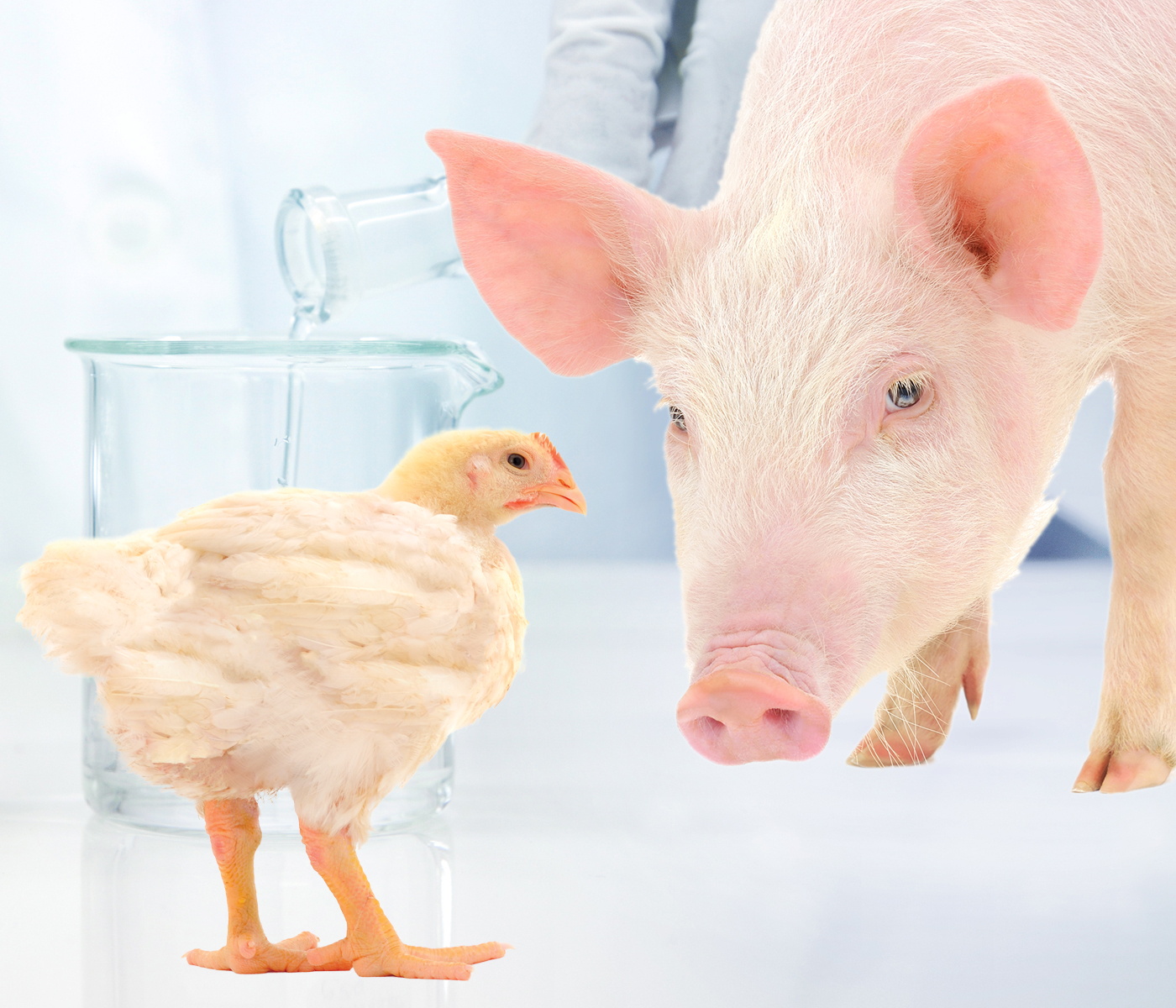
Still using Choline Chloride in animal nutrition?
Maria Alejandra Perez Alvarado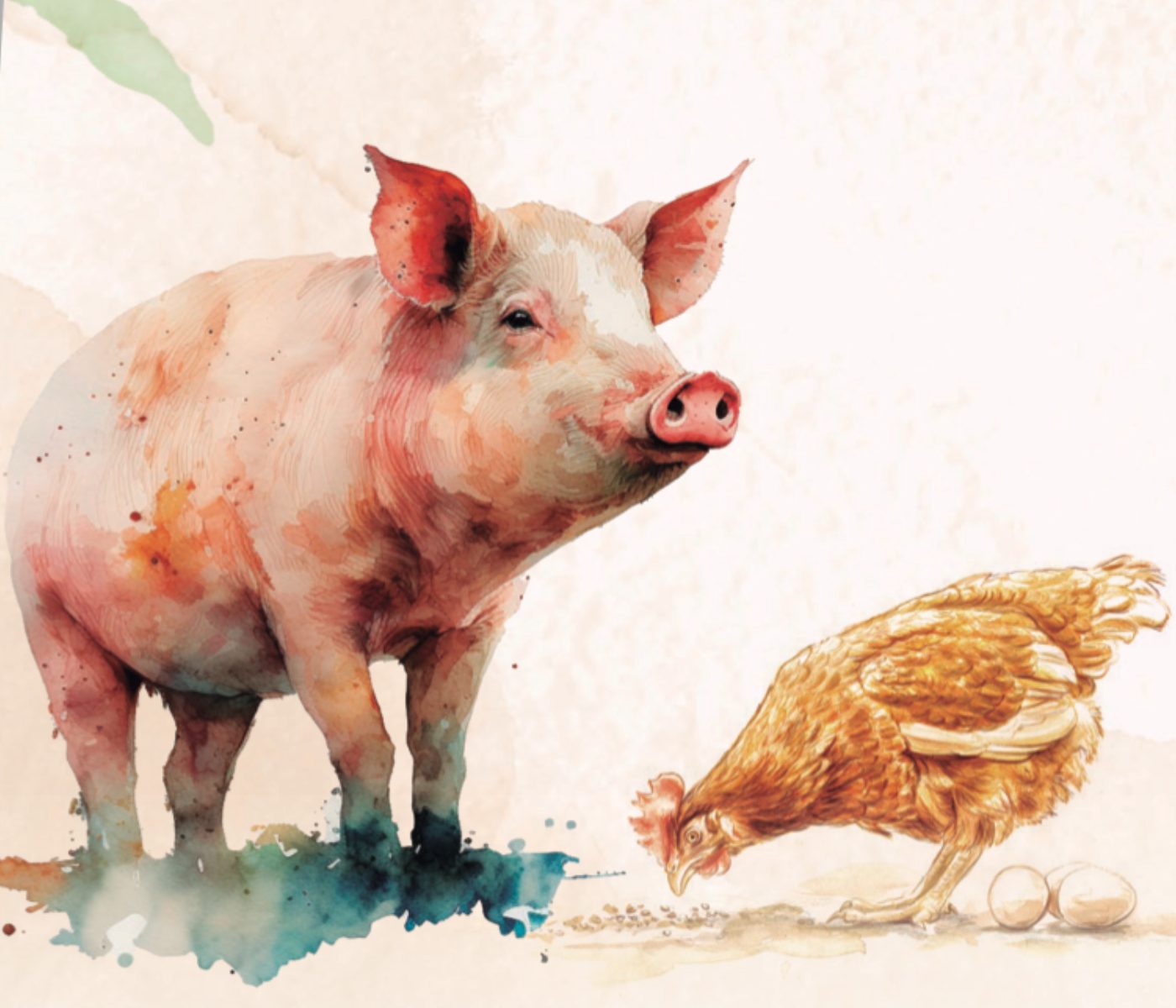
Unlocking the Potential of Sorghum in Poultry and Swine Nutrition
Vivian Izabel Vieira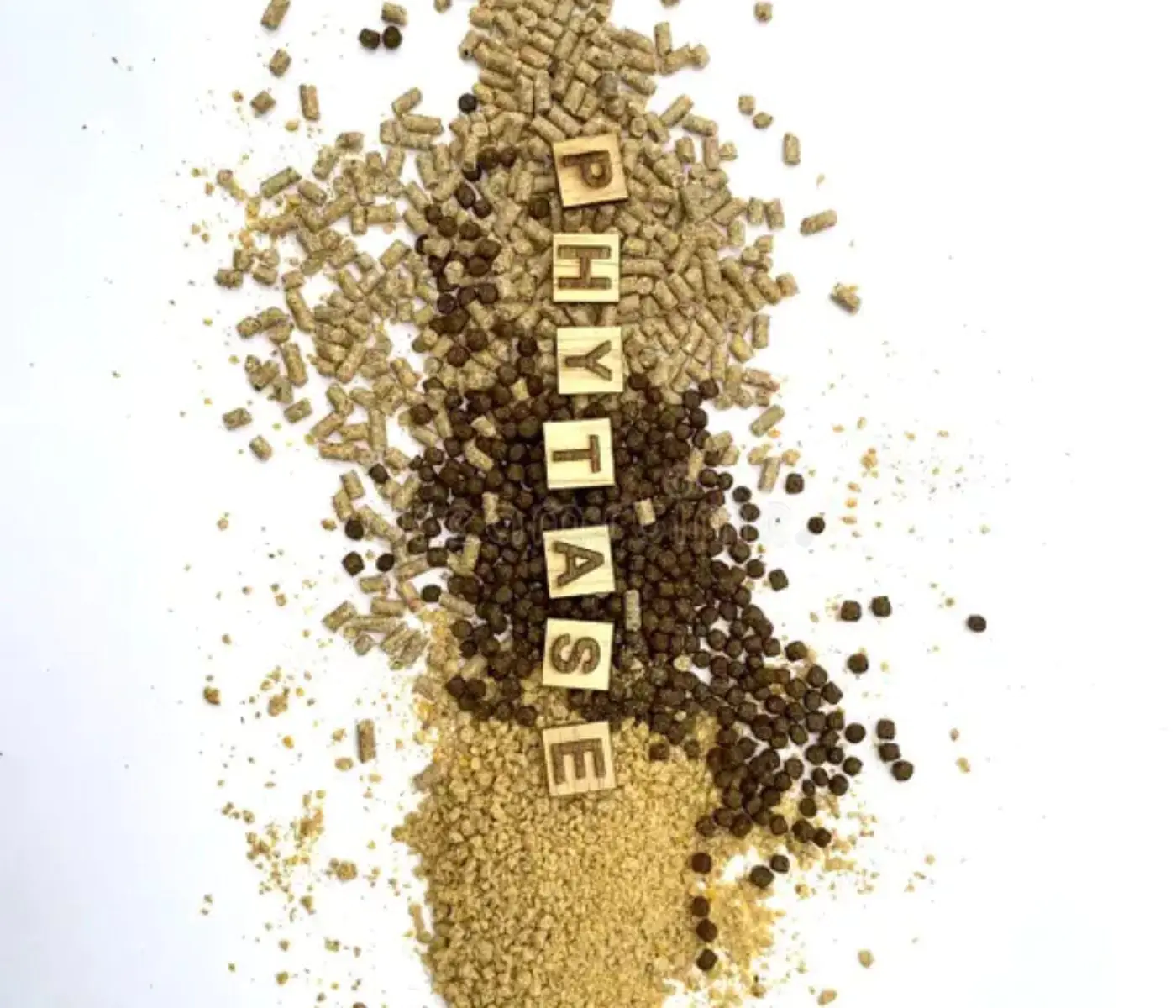
The Secrets Behind a Phytase
Juan Gabriel Espino
Nutrient and energy content of synthetic and crystalline amino acids
Edgar Oviedo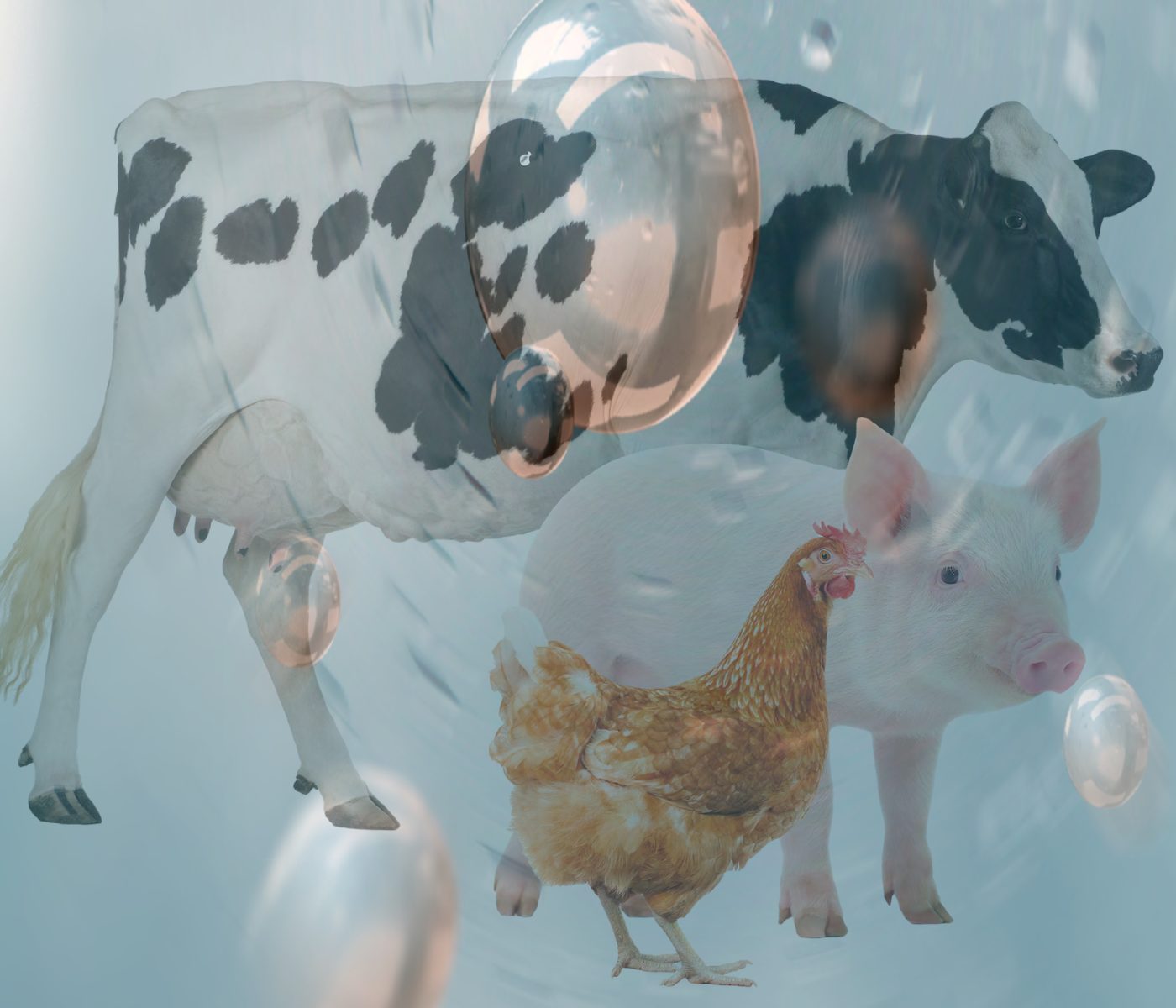
Micro Minerals, Macro Impact: Enhancing Poultry, Swine, and Cattle Nutrition
Gustavo Adolfo Quintana-Ospina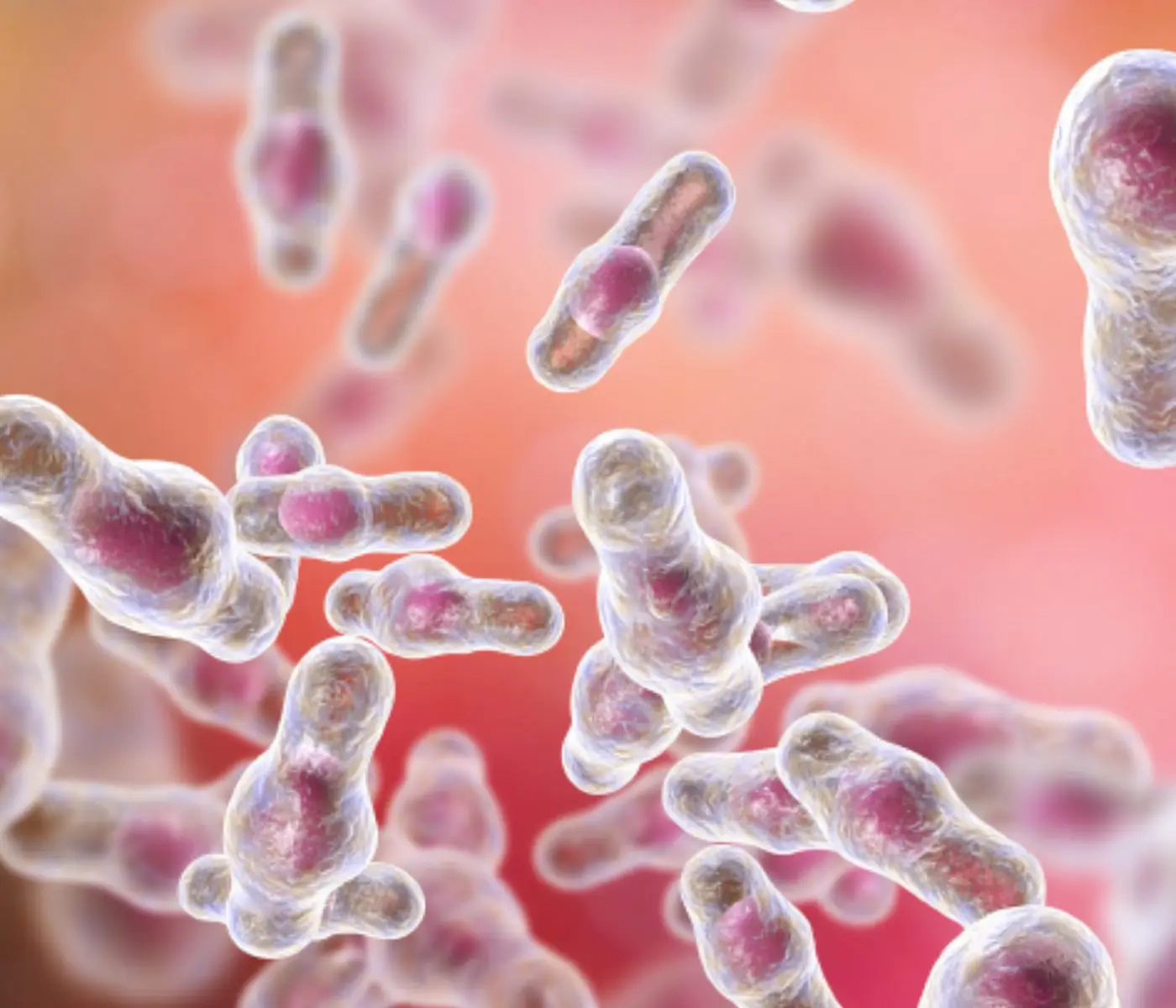
Smart Nutrition: Targeted Strategies to Combat Necrotic Enteritis in Broilers
M. Naeem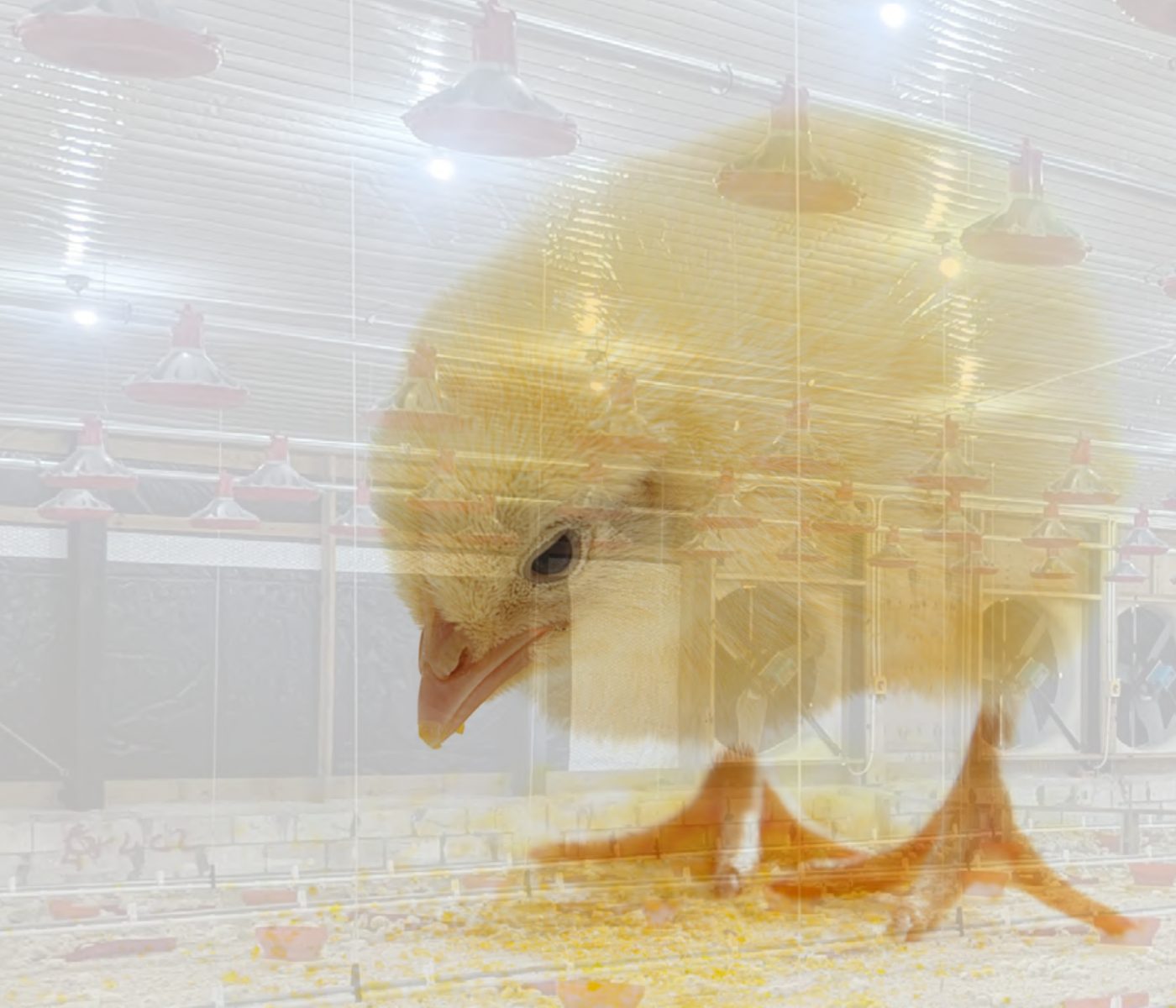
Navigating Poultry Nutrition in a Tropical Environment
Tanika O'Connor-Dennie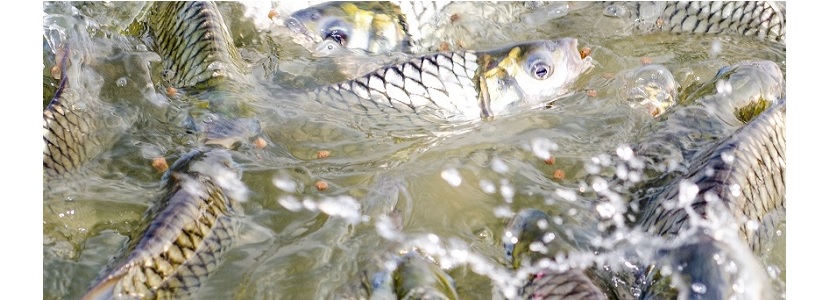
Protein in Aquafeeds: Balancing Requirements, Sources, and Efficiency
Jairo Gonzalez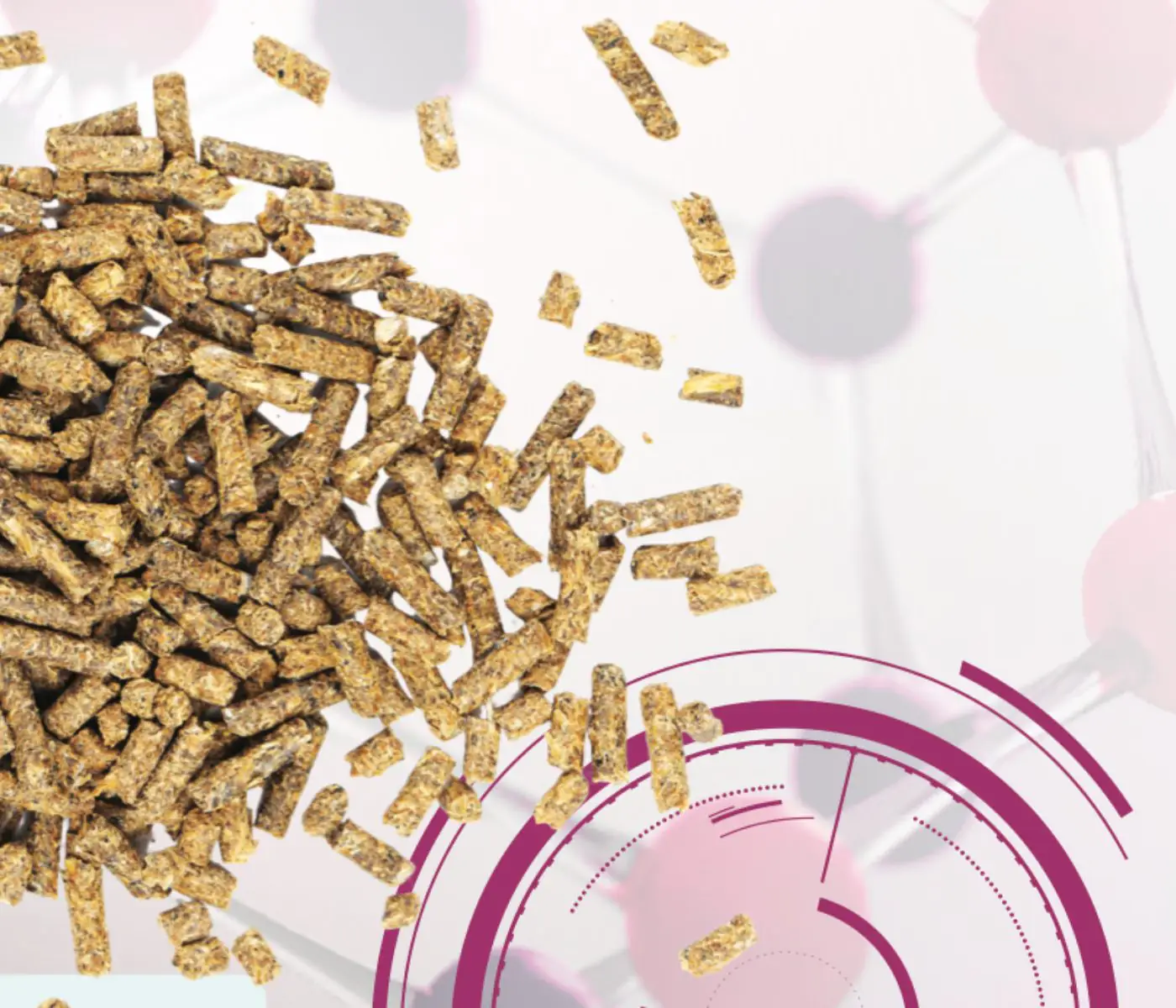
Use of oxidized fats in pigs: risks and considerations
Maria Alejandra Perez Alvarado